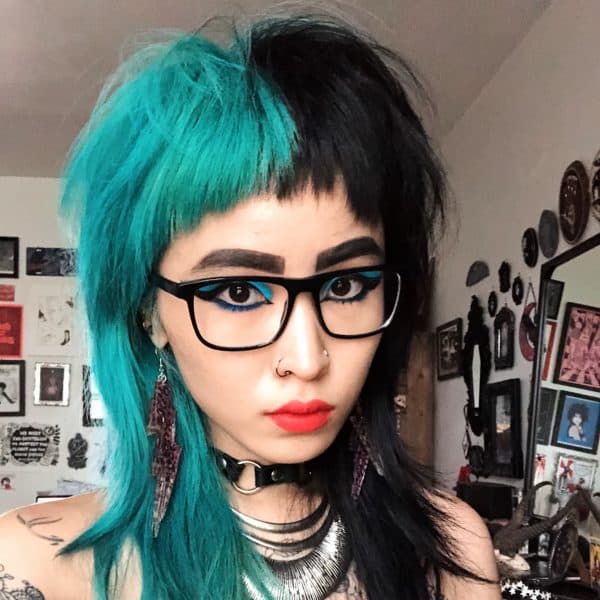Advertisement
In Virtual Exhibition 'Emotion Revolution,' Artists Express Feelings Of Crisis
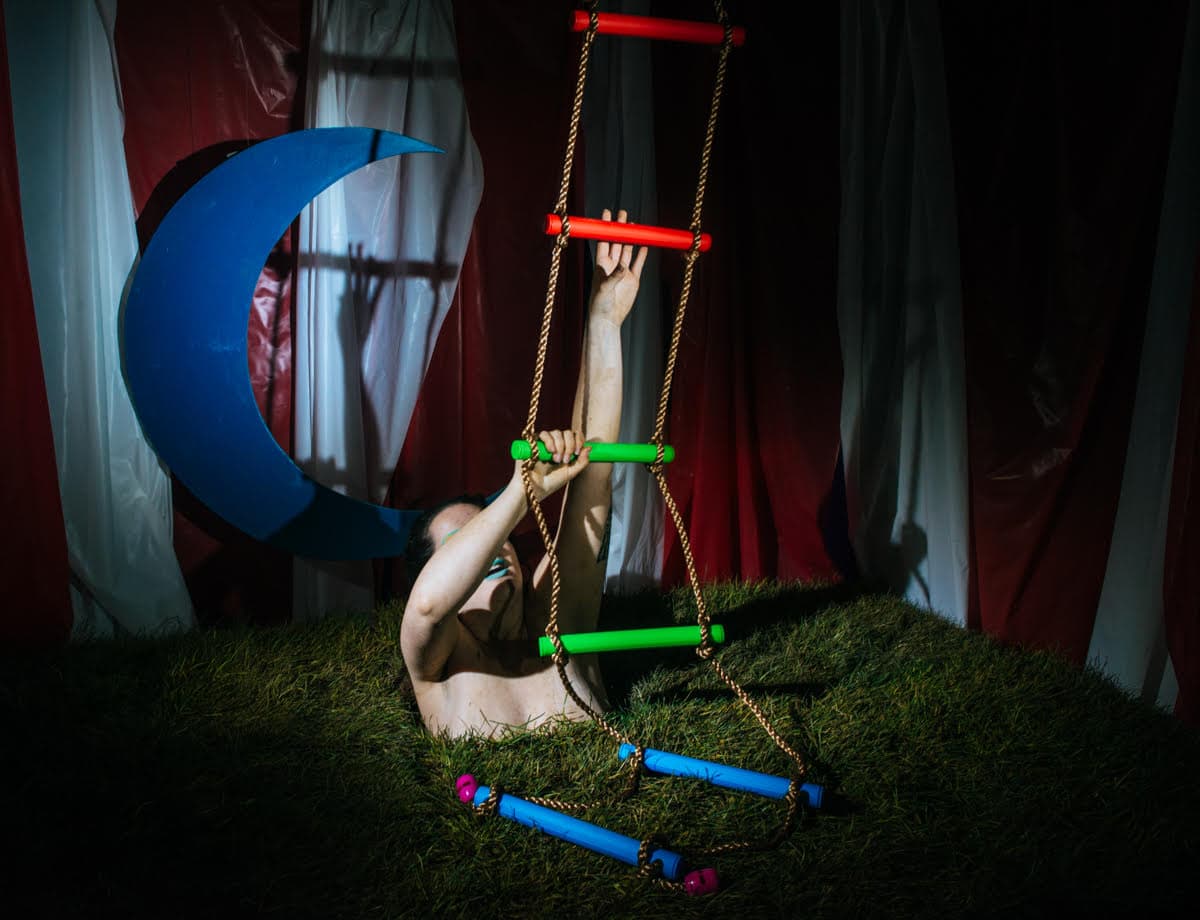
Emotions are rarely straightforward — they are often nuanced and complex with many layers to unpack. With the COVID-19 pandemic raging on, police killing Black people, the high unemployment rate, looming threats of eviction and apocalyptic orange skies fueled by the climate crisis, these are tumultuous times that spark a wide spectrum of emotions. During a time of collective crisis, expressing and communicating emotions can be a cathartic release.
Mary Morris Evans, an artist and art historian who recently graduated from Northeastern University, created and curated Dorchester Art Project’s (DAP) digital exhibit “Emotion Revolution,” opening Sept. 14. The virtual gallery show will feature the work of 22 artists age 30 and under, with mediums spanning a wide range — collage, illustration, painting, photography, sculpture and more. These young artists showcase their most personal and emotional work. Morris Evans partnered with DAP for this exhibit because she liked the gallery’s emphasis on community. “They're more like a grassroots organization rather than a fine arts organization,” she said.
Morris Evans said she started thinking more about the connection between emotions and art during her first semester of college in 2016. “I was feeling very isolated in general. So I turned to art a lot. And it really got me through that time period. But I also have a practice that's not connected to my emotional upheaval...work that I make when I feel inspired or I see something, a really beautiful scene and I need to communicate,” she said. “The call for art asked for pieces made in periods of emotional turmoil and inspiration...what I was looking for was artists that were emotionally connected to their work.” Morris Evans started brainstorming this exhibit in the fall of 2018 but didn’t open submissions until a year later. The show was slated to open at DAP for an in-person exhibit in May, but the event was derailed by COVID-19.
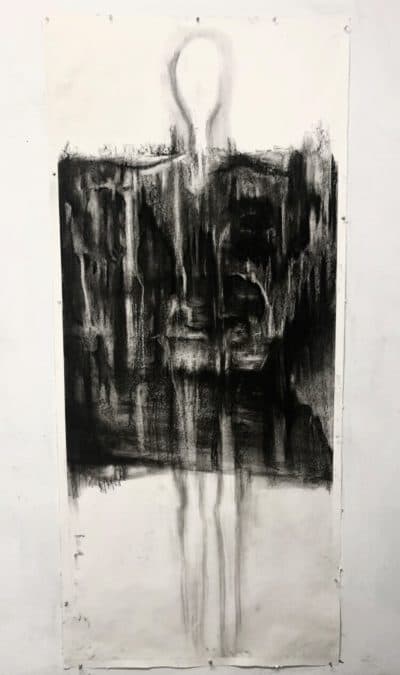
“Emotion Revolution” focuses on artists in this age range because it is a demographic with unique perspectives and struggles, especially with a worsening climate crisis. “Having conversations with a lot of artists my age, a lot of us were actually experiencing this sort of intense existential stress that needed to be communicated or put forth in some way,” Morris Evans said. “People being able to plan is a huge coping mechanism...through all of the natural disasters and instability in our country, that means we've sort of lost that...our generation, especially, there's no precedent for how to cope or how to move forward...I feel as though creating artwork and learning how to process it on your own is something that we all would benefit from because no one can really help you process everything right now.”
Morris Evans pointed to Jaina Cipriano’s photography as a perfect visual metaphor for the challenges young people face. Cipriano’s piece “Heavy” features a person submerged in grass reaching up to the next rung of the ladder. “I think that's an image that really resonates with a lot of people who are really just struggling to complete basic tasks right now and struggling to make it to the next rung of their day...A lot of the time right now, it does feel like you're clawing up a ladder while your body is fully weighted to the ground,” Morris Evans said.
Jo Nanajian, who will display two charcoal drawings at the exhibit, added that young people are struggling with finding a steady source of income and stable housing. Her raw and visceral charcoal art is a way for her to process her emotions. The two charcoal drawings are 8 feet tall, both featuring distorted figures with the midsection abstracted. To get the gripping effect of a ghostlike visual, Nanajian drew with charcoal then erased it, repeating the process of adding and subtracting multiple times. “The erasing symbolizes me attempting to gain control and then losing it and how that's repetitive over and over again throughout my life,” Nanajian said. Because charcoal is a malleable medium, it is easy to modify and contort. “I kind of like charcoal because it's so forgiving. I make a mark and then I erase it. I really enjoy the erasing process. I almost feel like it helps me work through my emotions, work through my feelings, kind of like understand what I'm experiencing in that moment. So it's like a really calming process for me,” she said.
Advertisement
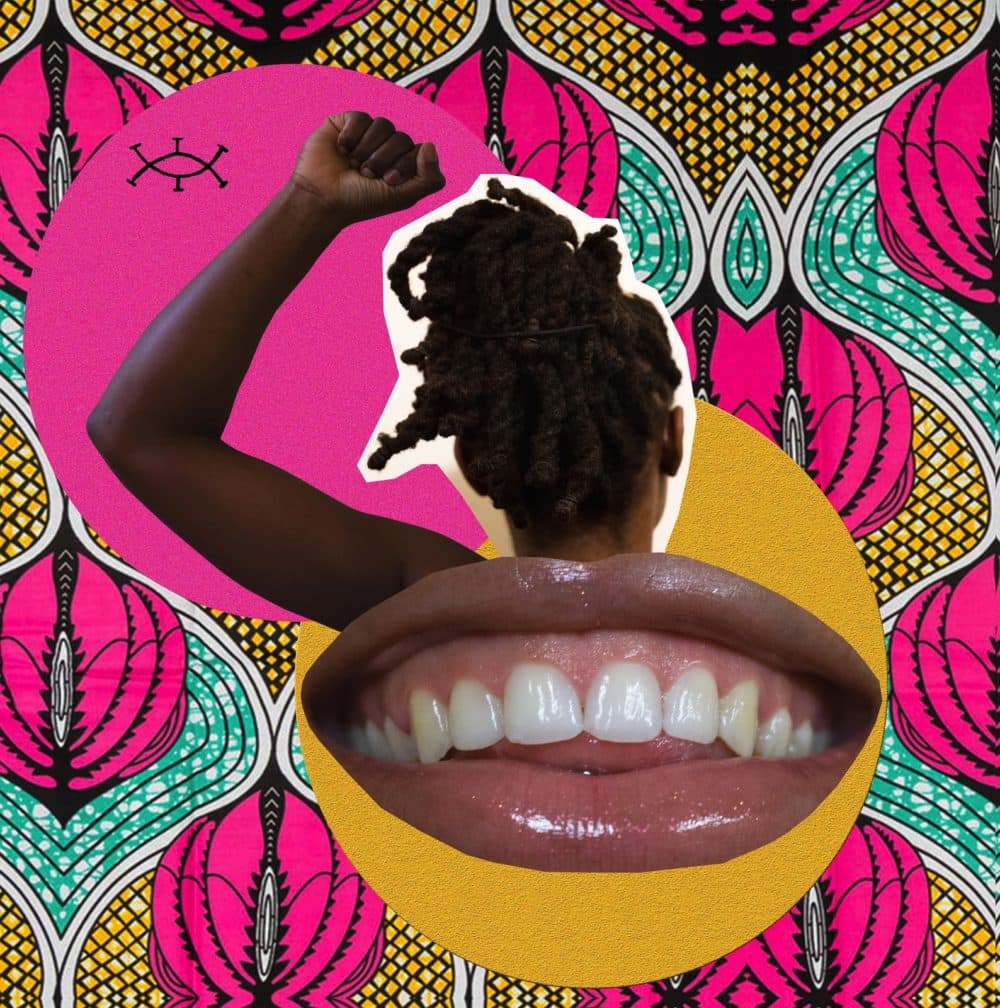
Having immigrated to the United States from Beirut at a young age, Nanajian draws upon the emotions she experienced and continues to process from culture shock and transition. She said that too often, people delineate emotions as positive or negative and are conditioned to shy away from processing negative emotions. Nanajian’s pieces reflect a loss of control in her life and her perspective on the misconception of the American Dream. “You have this idea. You come here and you’re gonna have a good life, a job and a home. And you come and it’s like yeah, there are jobs but no one told you you're going to be working under the table for 12 hours a day...it's a lot of disappointment, a lot of anger, but at the same time, attempting to be positive.”
Like Nanajian, nwaobiala draws heavily on their identity: As a queer Nigerian American, their artwork reflects on intergenerational conflicts they face. nwaobiala’s digital collage and photography piece “we are more than bodies” involved interviewing queer Nigerian Americans across the U.S. about their identity, home and culture. Their piece expresses their feelings of conflict. “I hope people, particularly in Black diaspora, understand that queerness isn’t other, it isn't less than, it's very much still part of the queer Black diaspora. And it's always been part of our culture,” they said. “For people who are not part of the Black diaspora, who are not Nigerian American, I hope that they're able to relate to some of the things that people are saying. Some of these really do cut across cultures.”
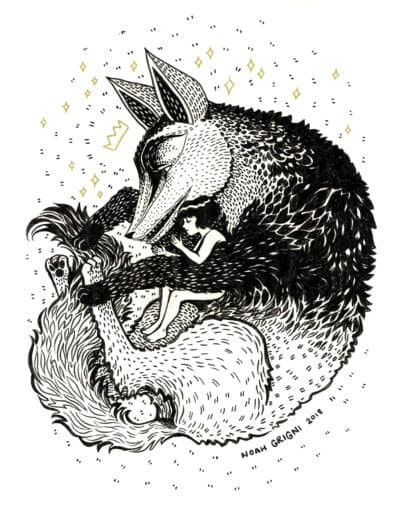
Freelance children’s book illustrator and comic artist Noah Grigni’s work is rooted in processing trauma and envisioning a future they’d like to inhabit live in. Their pieces titled “Nest 1” and “Nest 3” grapple with trauma — the first as a response to an active crisis and the latter as a way of seeking closure. “They're part of a series of illustrations of young human figures with predatory animals that I did while processing my assault and sort of figuring out how to navigate the world knowing that predatory people exist, like sort of figuring out how to share a space with predatory people and how to stop seeing the faces of predators of new people,” Grigni said. The humans are curled up in a fetal position in the arms of a wolflike creature and a crocodile, like they’re seeking comfort and safety.
With so many heavily personal pieces on display, Morris Evans said she hopes viewers gain a sense of solidarity or community. “The original message of the show was that emotions come in revolutions. Emotions come in cycles...there's a lot of negative emotions here, but there's also a lot of positive emotions,” she said. “Both of those are equally interconnected and that even if you do feel overwhelming negative emotion right now, that necessitates that there will be positive feelings in the future.”
Dorchester Art Project’s virtual exhibition “Emotion Revolution” is on view beginning Sept. 14.
